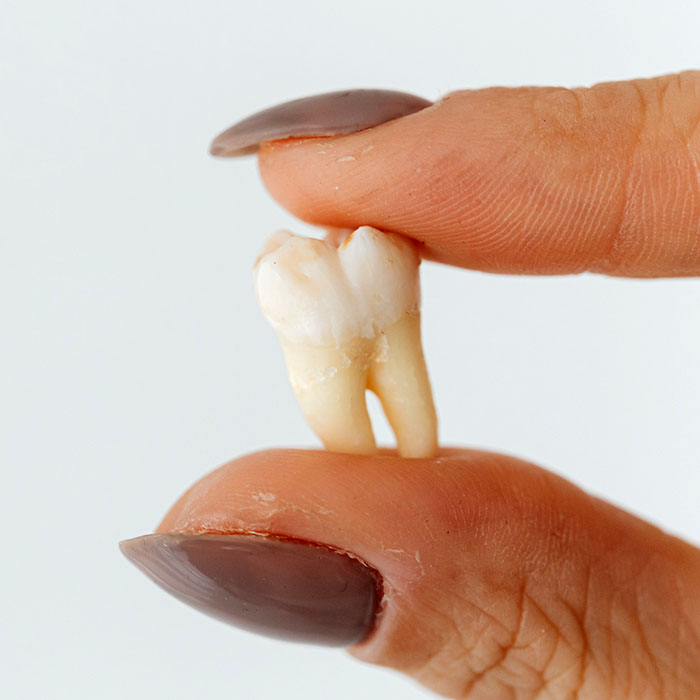
MOST OF US can remember the scraped knees and other bumps and bruises we got as we were growing up and discovering the world around us. As parents, we want our kids to get the most out of childhood while hopefully avoiding some of the downsides — especially preventable tooth injuries. Here are a few tips we recommend following to protect your child’s teeth from injury.
The Most Common Ways Kids Injure Their Teeth
There are a few simple things we can do to minimize the risk of unnecessary oral injuries, whether our kids are playing in the backyard or running around a playground with friends. The simplest is to know the most common culprits of these injuries.
For babies and toddlers, the biggest villain is the bathtub. It’s very easy for them to slip on wet porcelain. Keep a close eye on them during bathtime and use non-slip mats so they’re less likely to lose their footing.
Any kind of projectile can easily cause a tooth injury, including balls and frisbees. Have a conversation with your kids about safety and make a hard rule that they should never aim for each other’s heads.
Playground equipment like monkey bars, jungle gyms, and swings can result in mouth injuries too. A child could easily knock out a tooth if they fall on their face at the playground. Talk to your kids about playground safety.
Be Prepared With Your Emergency Plan
No matter how careful we are, accidents can still happen, so it’s a good idea to be ready with a plan for what you’ll do in the event of a tooth injury. The first step should be not to panic. Calmly assess the situation. Is the injured tooth a baby tooth or an adult tooth? Try to put it back in place if it was either an adult tooth or a baby tooth that wasn’t loose. If you can’t do that, store it in cold milk until you can get to the dentist. Make sure you know how to find the dentist’s office!
The faster you get to the dentist, the better the chances are that the tooth can be replanted (i.e. reattached). The goal until you reach us is to keep the root of the tooth alive. Do not touch the root or try to clean it, and don’t store it in ice or water. Any of those things will kill it and make the tooth impossible to replant.
A mouth injury might do damage to more than just the teeth. If this happens, take your child to the emergency room first. Some hospitals even have dentists on staff who can help with dental injuries within the context of a broader medical emergency.
Keeping Teeth Healthy Will Help Protect Them Too
We can also help protect our kids’ teeth from injury by keeping them healthy and strong through good oral hygiene habits. Kids should be brushing for two minutes twice a day and flossing once a day (and if they’re too young, parents should be doing it for them and setting a good example) and coming to see the dentist regularly. Healthy teeth are better at resisting injuries!









